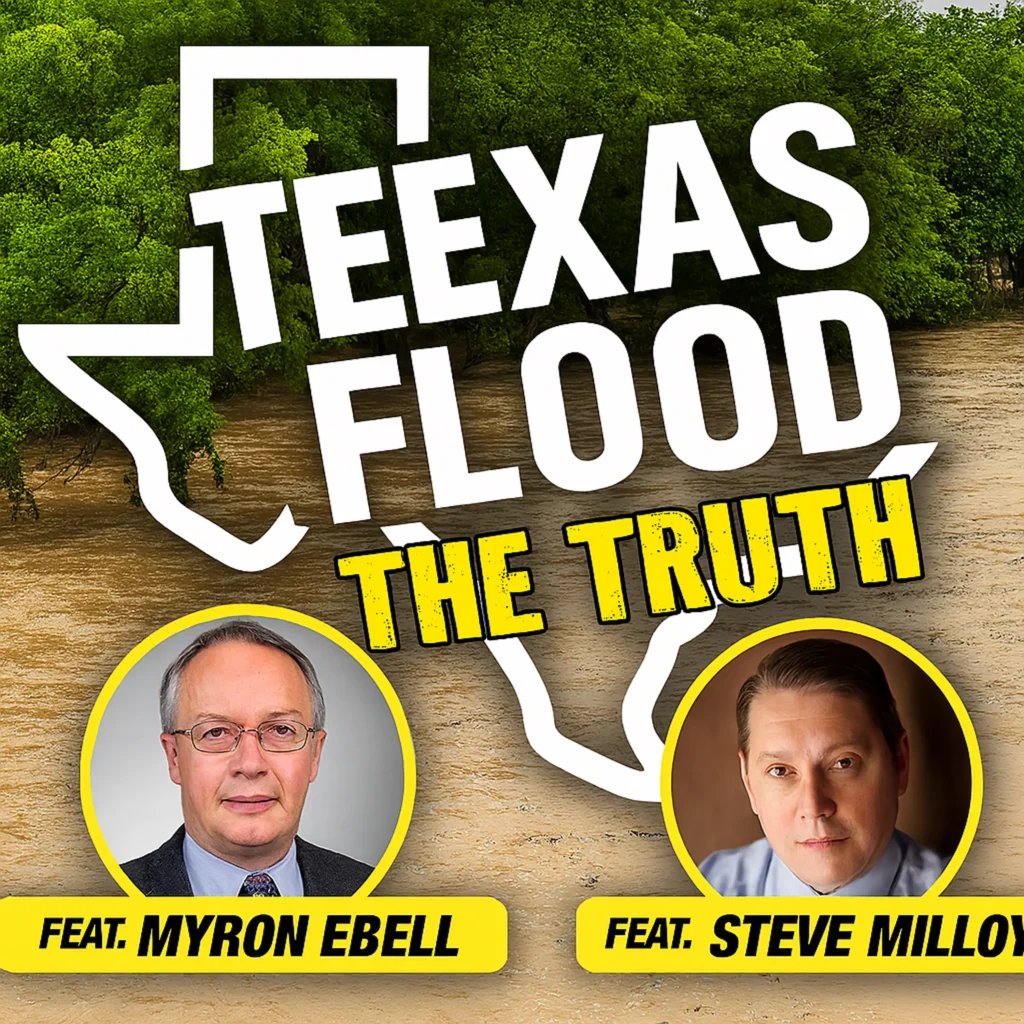The last two decades of the twentieth century were the coldest decades for Greenland since the 1910s, scientists have discovered, casting doubt on environmental activists’ assertion that Greenland’s ice sheet is melting and global warming is to blame.
The researchers found current temperatures in Greenland are significantly lower than in the 1930s and 1940s. Those were the two warmest decades on record.
Researchers at the Danish Meteorological Institute and the Climatic Research Unit at the University of East Anglia (UK) correlated surface temperature readings and ice core data dating back to 1784 on the large island.
Average annual temperatures during the last two decades of the twentieth century (1981-1990 and 1991-2000) were colder than in any of the previous six decades, the study showed. Temperatures during the 1980s and 1990s averaged a full 1.5 degrees Celsius lower than average annual temperatures during the 1930s and 1940s.
Alarmists’ Fears Refuted
The temperature data are particularly noteworthy because global warming alarmists claim Greenland’s ice sheet is on the verge of melting due to global warming. With Greenland’s temperatures undergoing an extended 80-year cooling trend, the scientific data contradict the alarmists’ assertions.
“If global climate models are correct, the increase in CO2 concentration since 1930 should be evidenced rather dramatically in air temperature across a high-latitude region of the Northern Hemisphere such as Greenland,” said Patrick Michaels, a visiting professor at Virginia Tech University and past president of the American Association of State Climatologists.
“The evidence provided by the instrumental record of air temperature along the western and southern coasts of Greenland produces doubt about the degree to which increased CO2 concentrations impact high-latitude climate as represented by the climate models upon which climate change alarmists are hanging their hats,” Michaels added.
Antarctic Similarly Cold
The Greenland temperature data corresponds with data indicating Antarctica is also cooling.
Scientists reported in a September 2006 article published in Philosophical Transactions of the Royal Society A: Mathematical, Physical, and Engineering Sciences, published by the Royal Society, the independent scientific academy of the UK and the Commonwealth, that satellite radar altimetry measured significant growth in the Antarctic ice sheet between 1992 and 2003.
Despite high-profile media reports about melting ice in the West Antarctic ice sheet, “Mass gains from accumulating snow, particularly on the Antarctic Peninsula and within East Antarctica, exceed the ice dynamic loss from West Antarctica,” the article’s abstract reported.
“Contrary to all the horror stories one hears about global warming-induced mass wastage of the Antarctic ice sheet leading to rising sea levels that gobble up coastal lowlands worldwide,” noted Sherwood Idso, president of the Center for the Study of Carbon Dioxide and Global Change, “the most recent decade of pertinent real-world data suggest that forces leading to just the opposite effect are apparently prevailing, even in the face of what climate alarmists typically describe as the greatest warming of the world in the past two millennia or more.”
James M. Taylor ([email protected]) is managing editor of Environment & Climate News.
For more information …
Michaels, P., “Cooling the Debate: A Longer Record of Greenland Air Temperature,” World Climate Report, November 17, 2006, http://www.worldclimatereport.com/index.php/2006/11/17/cooling-the-debate-a-longer-record-of-greenland-air-temperature




